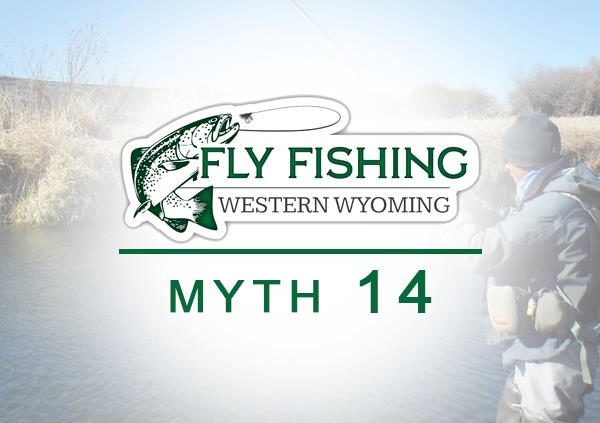If You See The Fish
If You See The Fish
If you can see the fish, it can see you. There are a number of factors that make this true only some of the time.
- Fish cannot see behind them. They have about a 30° blind spot – 15° on either side, directly behind them.
- A fish’s vision above the water is limited by the depth of the fish. The more shallow the water, the more limited the fish’s vision. (If you want to learn more about it, look up ‘Fish Vision’ online.)
- A fish has about a 45° cone of vision from its head to the water’s surface. The farther down in the water column, the more surface area of this 45° encompasses.
- At the surface, the light is refracted so that above the surface the fish has up to a 160° degree cone of vision. So it is quite possible an angler will not be able to see the fish, but the fish can see the angler!! Wearing bright hats or waving a shiny rod is a sure way to alert fish long before you actually see it.
- A fish can “hear” you long before you can see it. Both water shock waves and boots crunching the soil will also alert fish from unbelievable distances. The lateral line on a fish is incredibly sensitive. I have seen spook from a careless foot-fall 100ft. behind them!
- Fish do not have eyelids and so do not see well when looking into a sun.
What are the implications of these findings for those of us who fish?
- Fish in very shallow water do not see us very well. We can be relatively close. But, be quiet and don’t send out waves!!
- If you are drifting dry flies to a fish in shallow water, you need to have very narrow lanes. The fish in 1 ft. of water cannot see a dry fly more than 1 ft. on either side! If the fish is in 5 ft. of water, it can see a dry fly 5 ft. to each side. Your dry fly drifts can be farther apart.
- Even when approaching a fish from behind, it will “hear” you from a long way away. Walk quietly and do not disturb the water. As a matter of fact, the more you can stay out of the water, the better. If you need to walk in the water, try and keep “noisy” water, like a rifle, between you and the fish. This is why fish in rifles are generally less “spooky” than fish in flat water. It is more shallow and noisier.
- Keep your rod low and make as few false casts as possible. Stay away from bright colored hats and shirts. White is especially noticeable in most situations. If you are walking “around” a fish’s position, even if you can’t see the fish, it may be able to see you. Walk WAY around, quietly!
- After observing the extremely spooky behavior of the Hams Fork fish, I am convinced that after a while they associate leaders, especially greased leaders, with danger. By approaching a fish (especially a fish in shallow, quiet water below a riffle) from above, solves lots of problems.
- If you can approach a fish from the side where the sun will be in its eyes, do so – provided you don’t throw a shadow near the fish. Also, be aware that, in this situation, the fish will often be looking for food in the direction away from the sun. Put your fly there!
- When approaching another angler’s position, quietly walkway around. I try not to get within 100ft. of their position.
Knowing what a fish can “hear” and see is an important factor in stalking spooky trout. Take your time and observe. Develop a plan before charging into the water!!




Leave a Reply
Want to join the discussion?Feel free to contribute!